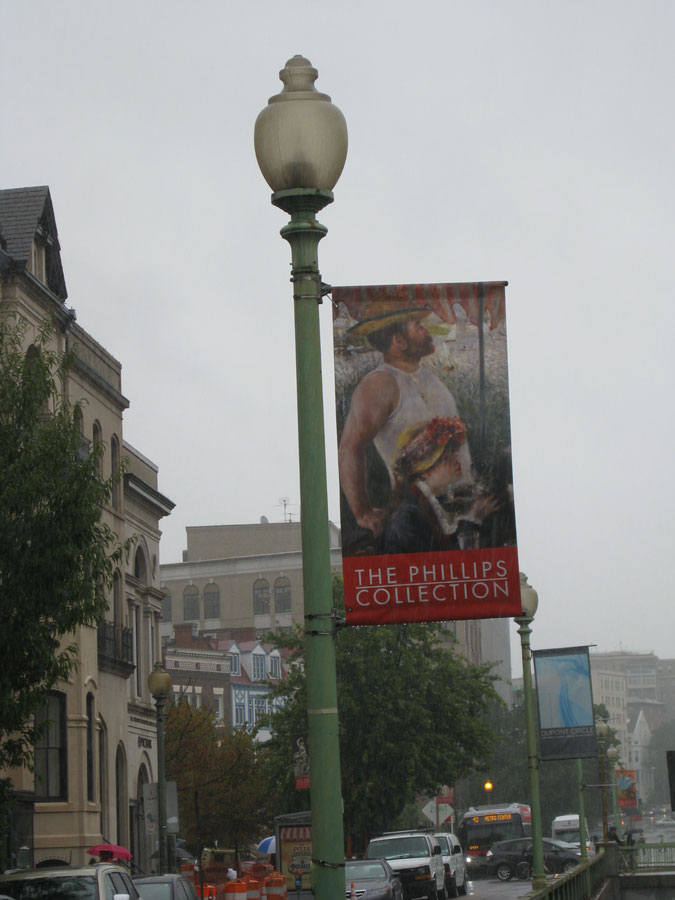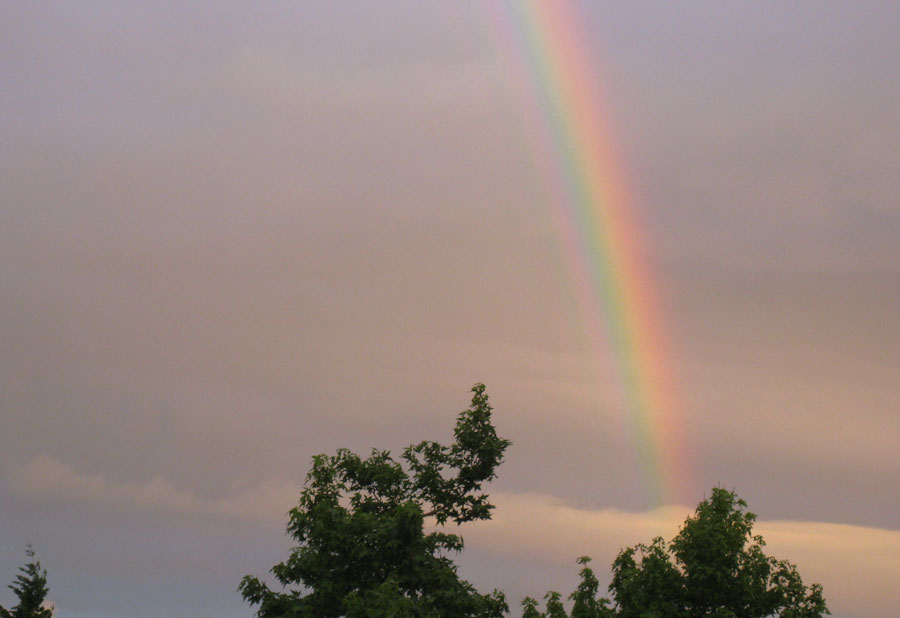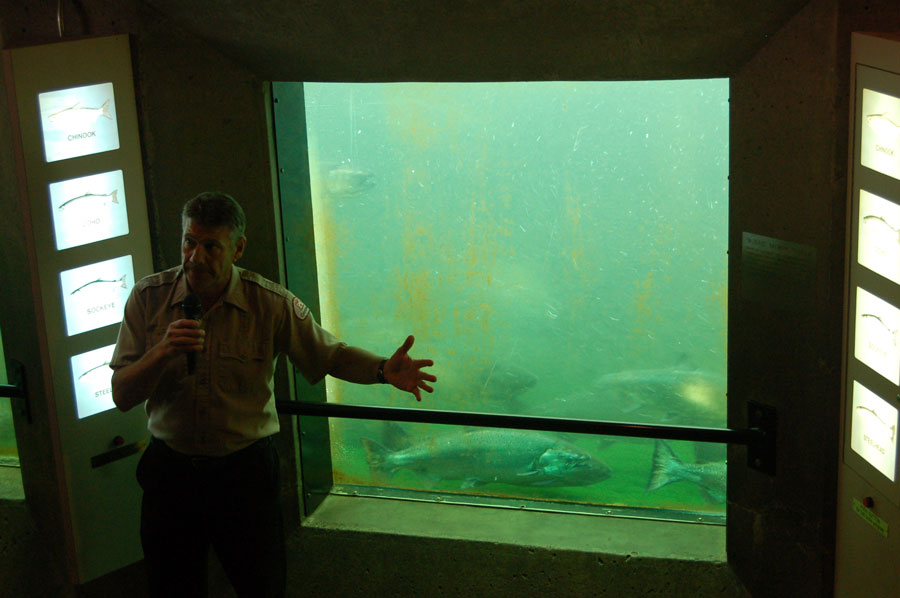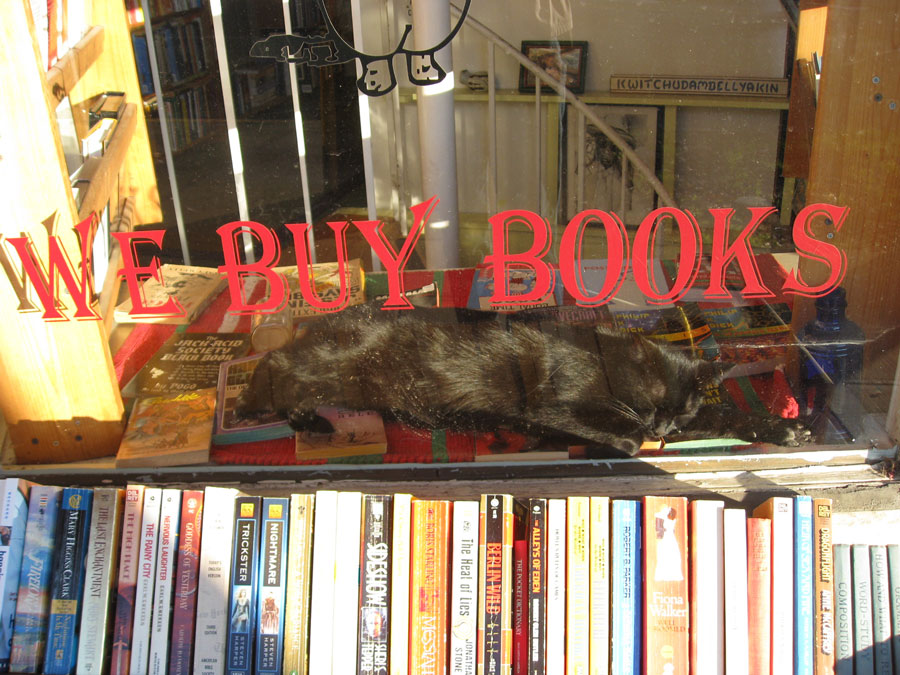
As a child I was never drawn to read Nancy Drew mysteries. The whole whodunit genre left me cold. I was more interested in sob stories about brave dogs who died saving babies from burning houses, or tales of horses that somehow survived mistreatment and went on to win the Big Race.
Plain vanilla Fiction. That was my poison.
In truth, I thought the mystery genre lacked mystery. The implicit guarantee of a mystery novel is that the mystery will be solved, your questions will be answered. Monsieur Poirot will gather the suspects and explain everything in the final scene.
In real life, mysteries more often remain unfathomable. Even if the culprit is caught, the true motivation, the primal “why?” is rarely answered. But in a mystery novel, the author provides us with that satisfaction. For me the idea of this formula diminished my enthusiasm for the genre, in much the same way, I imagine, that the traditional romance formula repels some readers.
Not all mysteries are created equal, however, and a touch of mystery can be a potent ingredient in novels outside the genre boundary. I began to get a clue when I got caught up in Sherlock Holmes. I devoured Sir Arthur Conan Doyle’s entire series like a box of Godiva chocolates. As fast as I’d finish one, I couldn’t resist digging into another. Later I dabbled in Agatha Christie, and few more modern authors whose works straddle the border between mystery and romance, and, in some cases, serious fiction.
But I was never really hooked until I found Kate Atkinson, whose work serves up the whole enchilada with extra hot sauce.
I began innocently enough, with “Human Croquet.” She had me at croquet, of course. As the plot wickets twisted and turned I followed giddily into the darkness, amazed and delighted to be led on by a writer so clearly in control of her craft and so deft in her character development.
For this is the real key to a successful mystery story, or any story really. Some readers rave about labyrinthine plots, or gory crimes, or whimsical humor, and all of these elements certainly help create a mood. But what brings us into a mystery, what makes us care who did it and whether or not they get caught, is the characters.
Atkinson’s characters are fully realized and believable. Love ’em or hate ’em, they are compelling and convincing. Her first novel, “Behind The Scenes at the Museum,” named the 1995 Whitbread Book of the Year, put her on the map and bestseller lists where she’s remained ever since. That book is a family saga that centers on the life of young Ruby Lennox and the mystery at the heart of the novel is layered with humor and pathos.
Once I read “Scenes” I realized there was no turning back. I swiftly plunged into “When Will There Be Good News?,” followed by “Started Early Took My Dog.” The pleasure in these books is compounded by Atkinson’s breadth of cultural references. The way she weaves Emily Dickenson into her work simply takes my breath away.
Currently I’m totally engrossed in “One Good Turn.” I’m in no hurry to get to the end. I’m savoring each page like a fine wine, enjoying the color, the aroma, the mood lifting thrill of the words, the comic turns, the subtle slight of hand. Eventually I’ll know what’s going on. For now, I’m happy to be lost in the mystery of it all.









